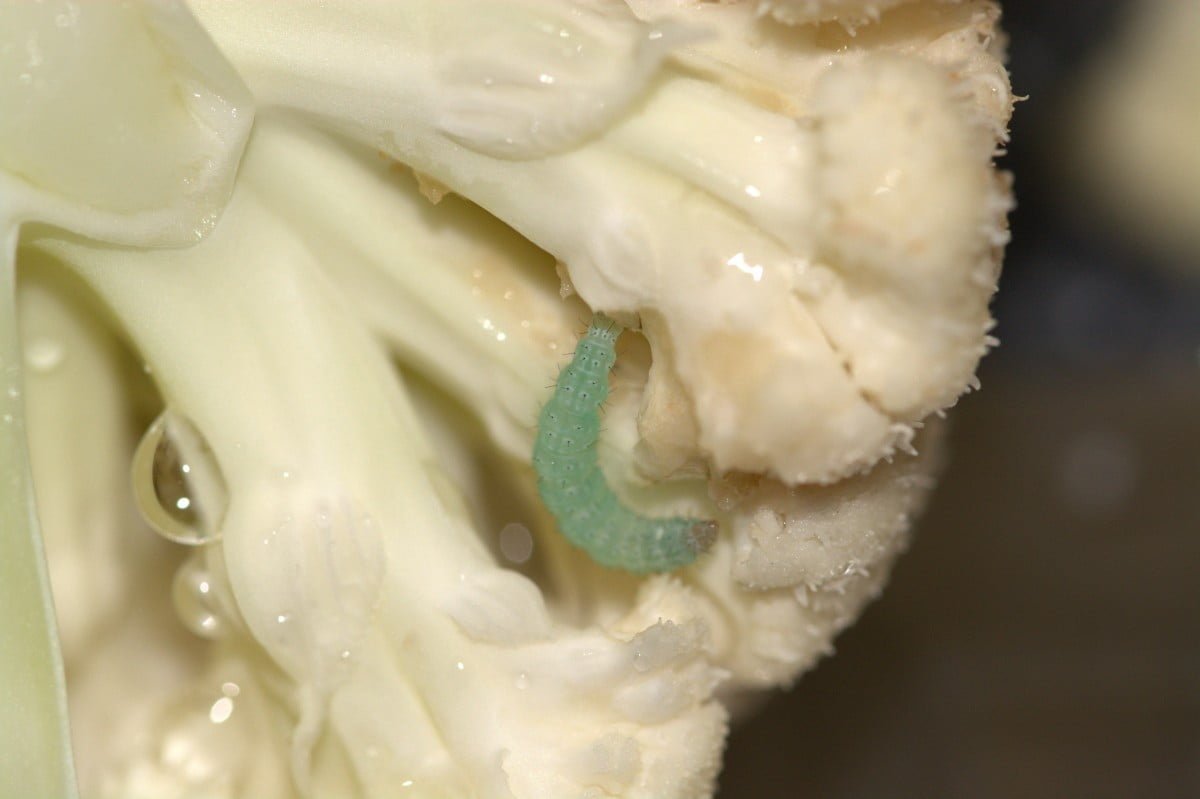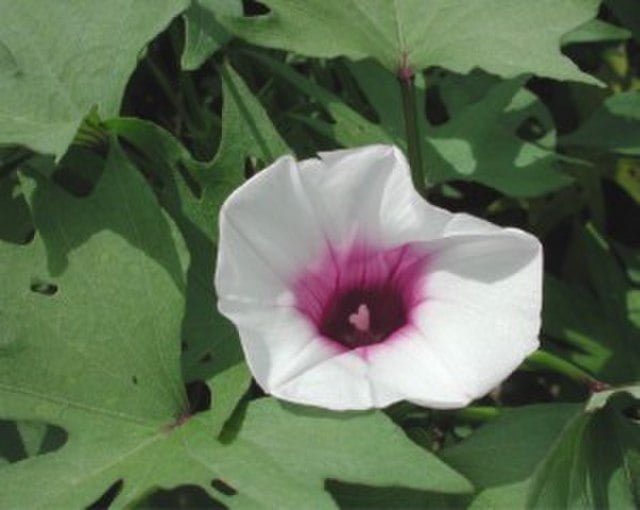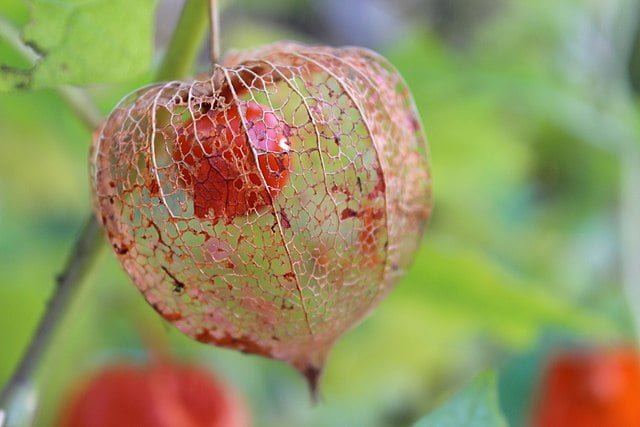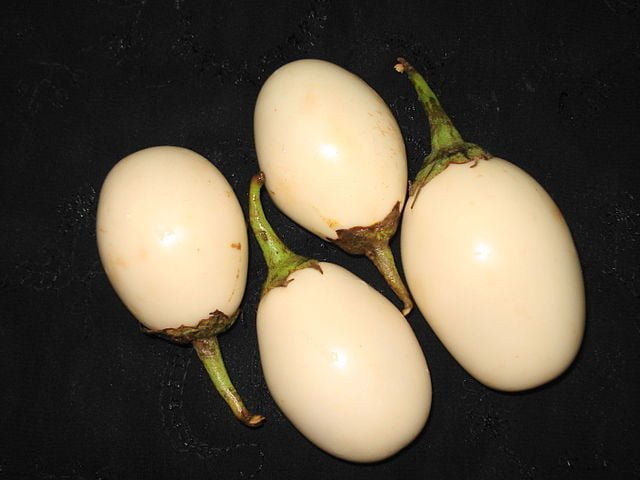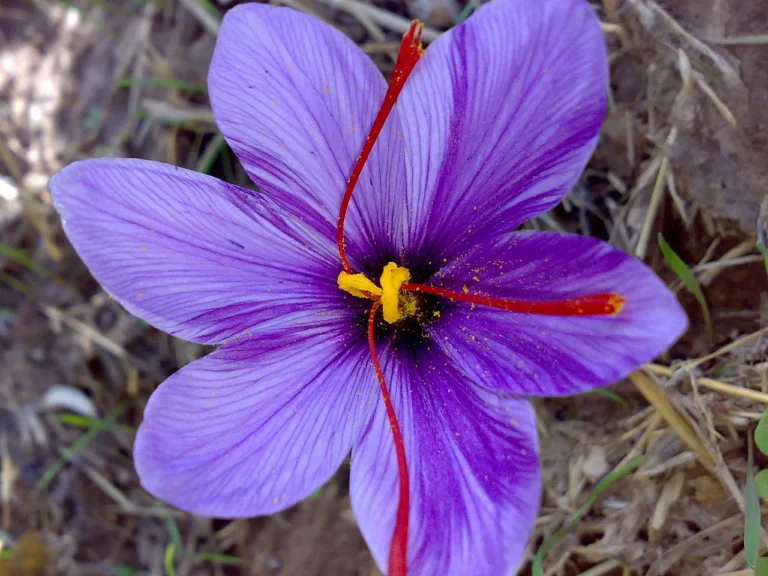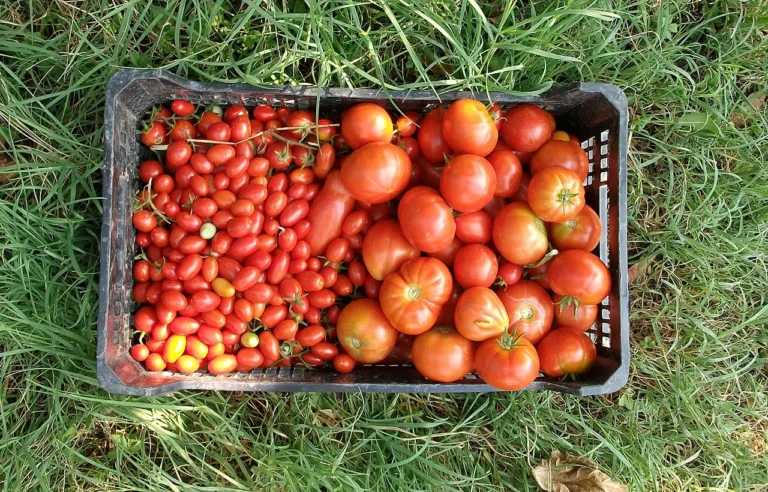Cabbage Worms: A Guide to Protecting Your Garden
Cabbage worms are a common garden pest that can cause significant damage to brassica crops such as cabbage, broccoli, kale, and cauliflower. These small green caterpillars are the larvae of the cabbage white butterfly (Pieris rapae), and they feed voraciously on plant leaves, often leaving behind ragged holes and weakened plants. This guide will help you identify, control, and prevent cabbage worm infestations in your garden.
What are Cabbage Worms?
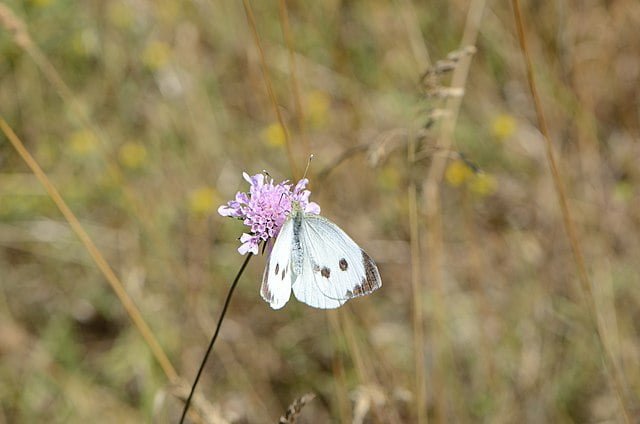
Cabbage worms are the larvae of white cabbage butterflies, known scientifically as Pieris rapae. These caterpillars are green, about an inch long, and can be identified by their light yellow stripes. While the white butterflies they come from are quite pretty, their larvae are a common pest for cruciferous plants like cabbage, broccoli, kale, and cauliflower.
Identifying Cabbage Worms
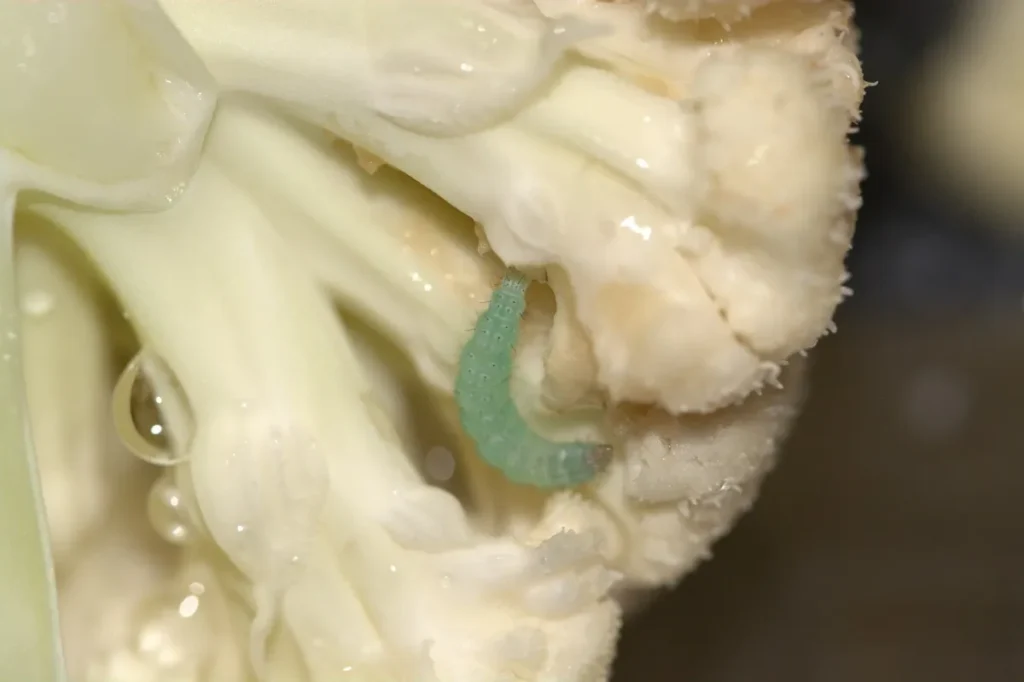
Life Cycle of Cabbage Worms
Signs of Infestation
Appearance: Cabbage worms are velvety green larvae, about an inch long, with faint yellow stripes running down their sides and back. They emerge from eggs laid by the white butterflies with black spots on their wings, often seen flitting around the garden.
Signs of Infestation: Look for irregular holes in the leaves of your plants, especially closer to the center of the plant where the worms like to feed. You may also notice dark green frass (caterpillar droppings) on the leaves.
How to Control Cabbage Worms
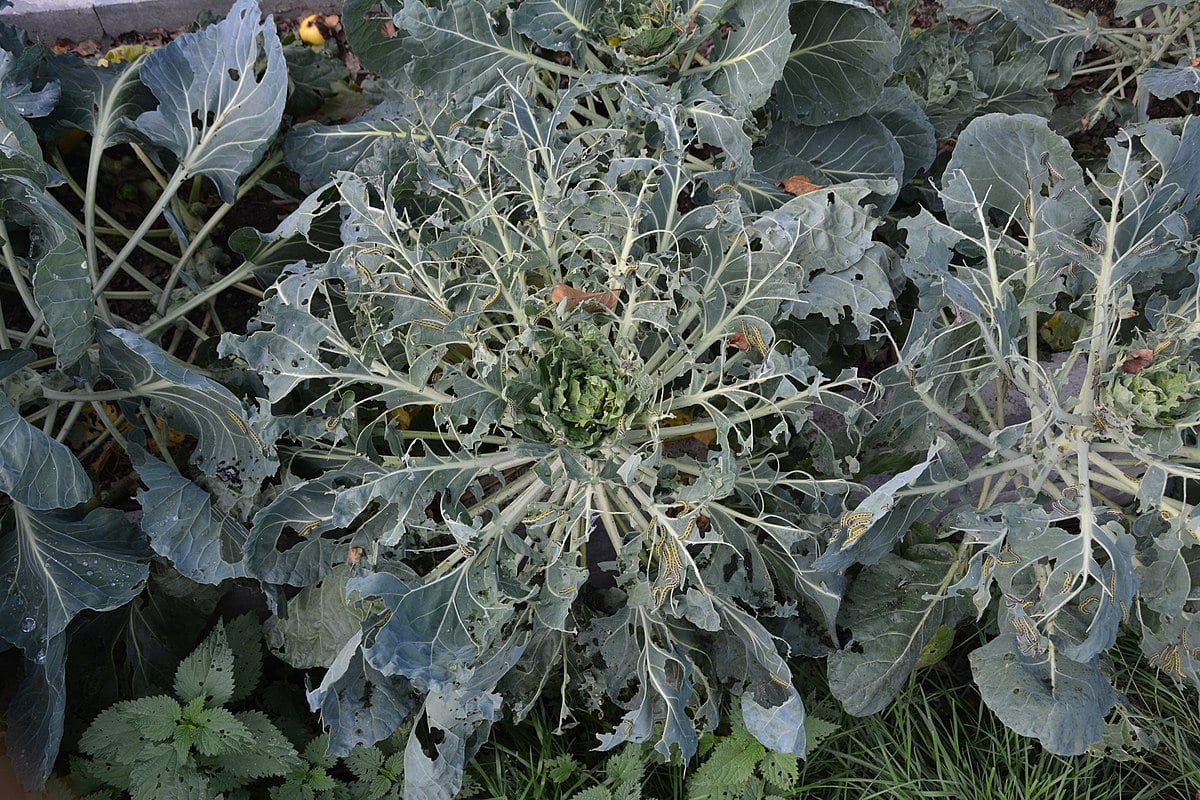
Preventive Measures
Prevention is key to managing cabbage worms effectively. By taking steps to deter the butterflies from laying eggs, you can reduce future populations.
- Floating Row Covers: Install floating row covers over your plants immediately after planting. These lightweight fabrics allow light and water to reach the plants while keeping butterflies and moths away.
- Companion Planting: Planting strong-scented herbs and flowers, such as thyme, mint, sage, or marigolds, can help repel cabbage white butterflies.
- Regular Inspection: Check your plants regularly for eggs and young larvae. The eggs are tiny, yellowish, and found on the undersides of leaves. Remove them promptly to prevent hatching.
Natural and Organic Control Methods
When prevention isn’t enough, there are several environmentally friendly ways to control cabbage worm populations:
- Handpicking: Regularly inspect your plants and handpick any larvae or eggs you find. This method is time-consuming but highly effective if done diligently.
- Bacillus thuringiensis (Bt): Bt is a naturally occurring soil bacterium that is safe for humans and beneficial insects but lethal to caterpillars when ingested. Apply Bt spray to affected plants according to the product instructions, typically in the evening or early morning.
- Beneficial Insects: Encourage or introduce beneficial insects that prey on cabbage worms, such as ladybugs, lacewings, and parasitic wasps. Planting a diverse garden with a variety of flowers can help attract these natural allies.
Chemical Control Options
While organic methods are preferred for managing cabbage worms, severe infestations may require chemical interventions. Use insecticides as a last resort, and select products that are specifically labeled for use on edible plants and are effective against caterpillars. Always follow the application instructions carefully to minimize harm to beneficial insects and ensure the safety of your produce.
- Insecticidal Soaps and Oils: These can be effective against younger larvae but must be applied directly to the caterpillars.
- Pyrethrin-based Insecticides: Derived from chrysanthemum flowers, pyrethrin is a natural insecticide that can control cabbage worms. However, it can also affect beneficial insects, so use it sparingly.
Frequently Asked Questions (FAQ) About Cabbage Worms
Cabbage worms can be a formidable pest in the vegetable garden, but with the right strategies, you can protect your plants and enjoy a healthy harvest. Start with preventive measures to make your garden less inviting to pests, and rely on natural controls to manage any outbreaks. By understanding the lifecycle and habits of cabbage worms, you can keep your garden flourishing and free from these leafy green invaders.

